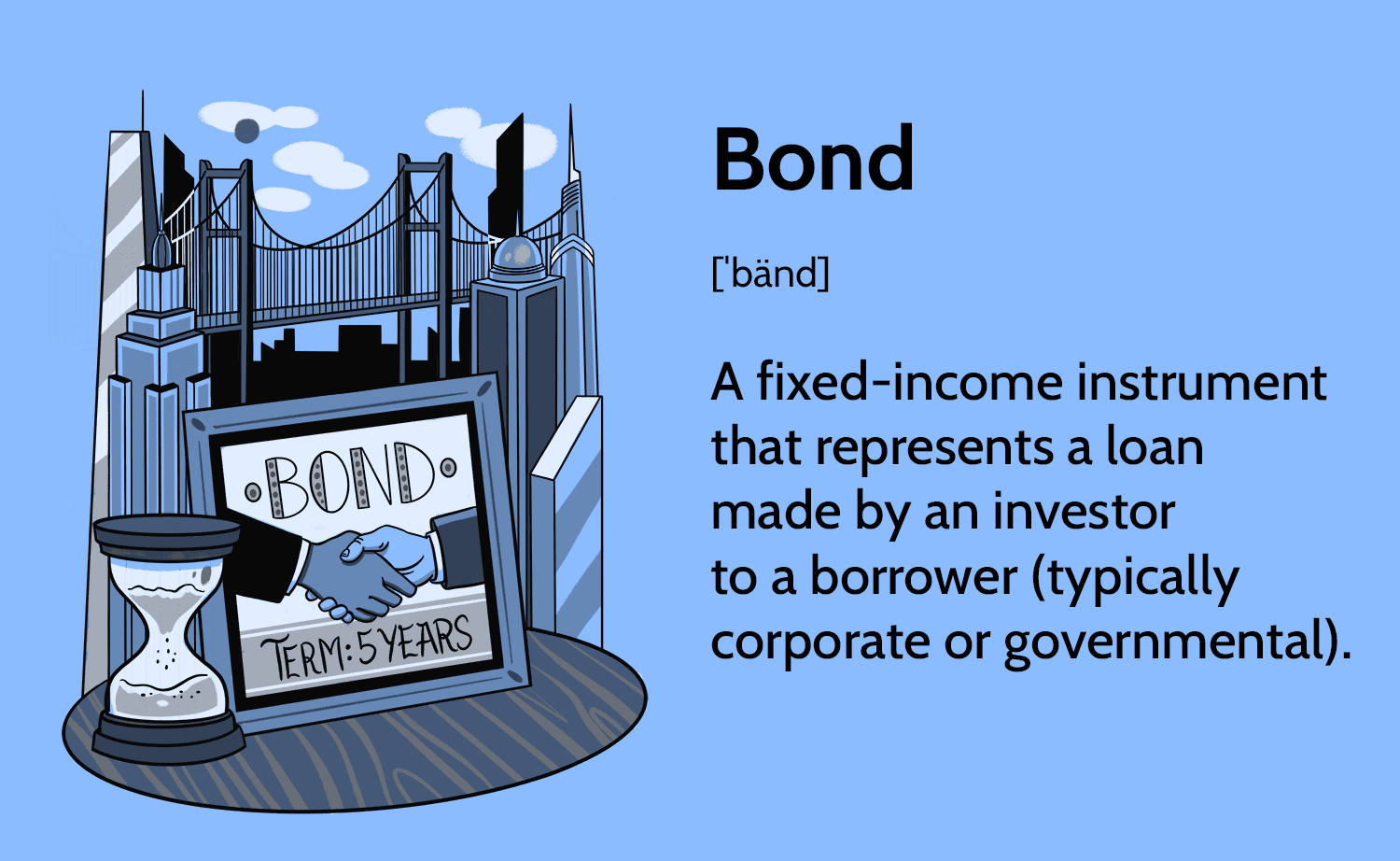What’s the Deal with Bonds? Unraveling the Mysteries of Fixed Income Investments
If you’ve ever overheard seasoned traders chatting about bonds, you might have wondered, “What on earth is a bond?” In this article, we’ll demystify the enigma that is the bond market, strip away the jargon, and reveal the secrets behind these intriguing fixed income investments.
What Exactly is a Bond?
Let’s start with the basics. A bond is essentially an IOU, a fancy piece of paper that represents a loan made by an investor to a borrower. Instead of heading to your buddy Joe for a couple of bucks, the borrower turns to the public and issues bonds as a means to raise funds. These bonds come in different shapes and sizes, but their core purpose remains the same – to provide a steady stream of income to the bondholder over a set period.

Diving into the Bond Market
The bond market, also known as the fixed income market, is a vibrant arena where institutions, governments, and even corporations raise money by selling bonds to eager investors. It’s a place where risk and reward dance the tango, and interest rates play a pivotal role in shaping the investment landscape.
Types of Bonds
Now that we’ve dipped our toes into the bond market, let’s take a closer look at the various types of bonds you’re likely to come across. First up, we have government bonds, the rock-solid foundation of the fixed income universe. These beauties are issued by the government, backed by the full faith and credit of the respective country. They’re generally considered a safe bet.
On the corporate side, we have corporate bonds, which are issued by companies seeking to raise capital for various purposes. These can range from funding expansion plans to financing research and development. Think of corporate bonds as the daredevils of the bond world – a bit more risk, but with the potential for higher returns.
And then we have municipal bonds. These are issued by state and local governments to fund public projects like schools, roads, or parks. Municipal bonds offer a unique twist – they’re often exempt from federal income taxes.
Risk and Return
In the world of investing, risk and return form a delicate balancing act where too little return is pointless and too much risk can be disastrous. Bonds are no exception. When you invest in a bond, there are two key factors to consider: yield and credit rating. Yield refers to the income generated by the bond, usually in the form of periodic interest payments. Credit rating, on the other hand, measures the creditworthiness of the issuer. Higher-rated bonds tend to offer lower yields but come with reduced risk, while lower-rated bonds offer the potential for higher returns but carry a higher risk of default.
Conclusion
So there you have it, my fellow aspiring bond aficionados. Bonds are the steady, dependable workhorses of the investment world. They offer a fixed stream of income over a specified period, and they come in various flavors to suit different risk appetites. Whether you’re a cautious investor looking for stability or a risk-taker seeking higher returns, the bond market has something for everyone. So, grab a cup of coffee, dust off your detective hat, and explore the intriguing world of bonds. Who knows, you might just find your financial fortunes hidden within these seemingly simple IOUs.

